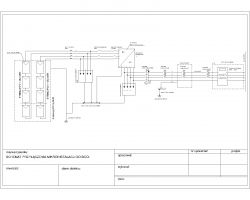The person who signs for the installation, in addition to sep E and D, must also have measurements. But what is needed, including the installer's requirements, is written in the application that must be submitted.
Only this application is submitted as a prosumer up to 50kW in Energa Link plus of course all the documents mentioned in this application.
I sent everything by e-mail.
Only this application is submitted as a prosumer up to 50kW in Energa Link plus of course all the documents mentioned in this application.
I sent everything by e-mail.




